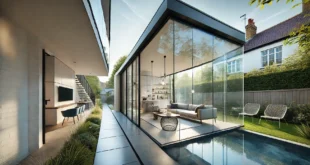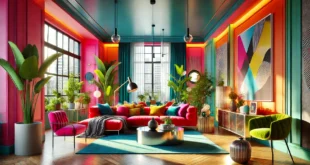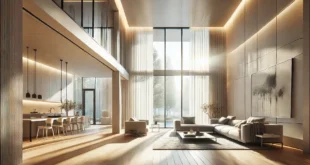Welcome to the Elegant World of Victorian Home Design
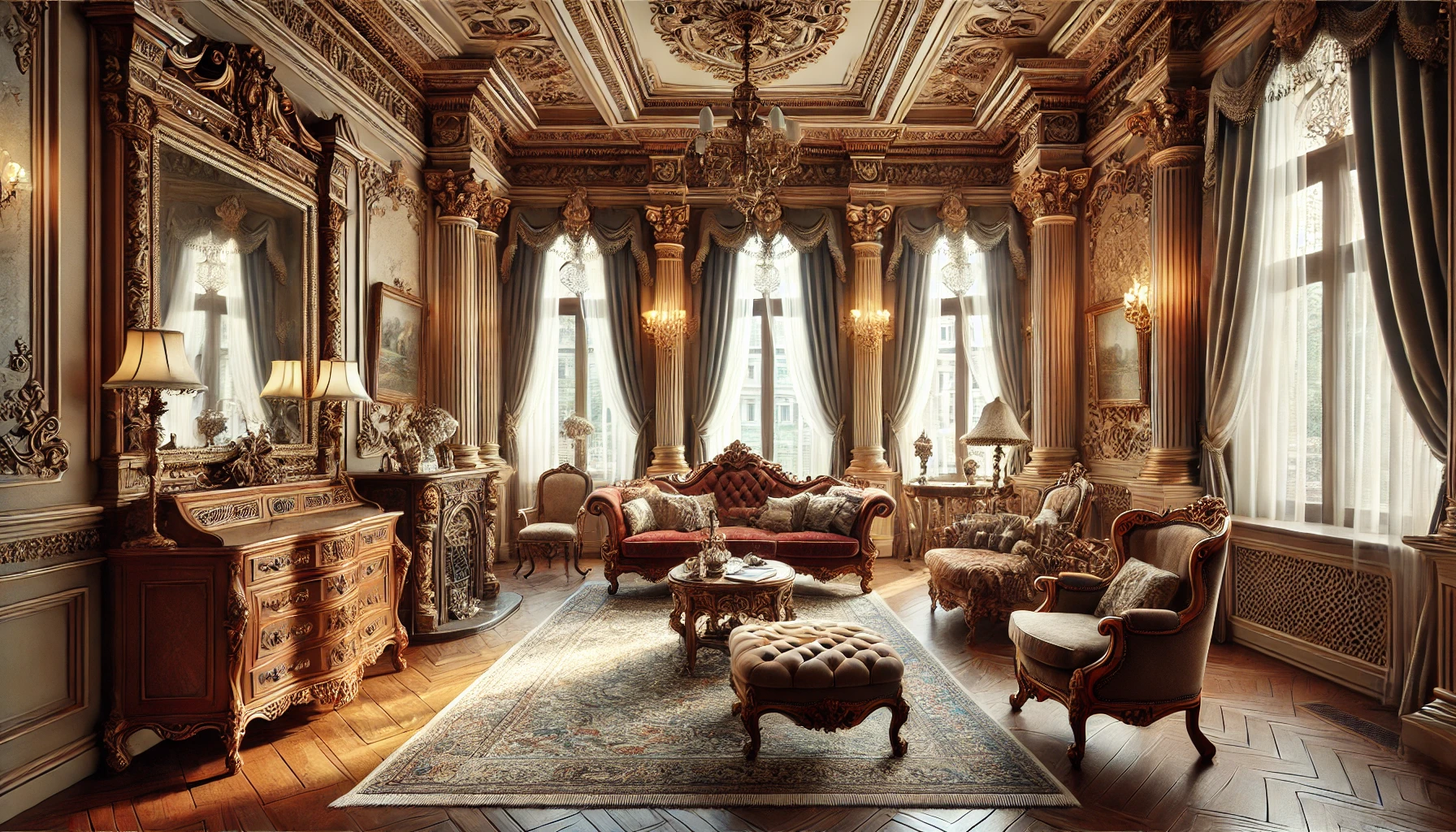
Greetings to all home design enthusiasts! Whether you are a seasoned homeowner or embarking on your first property, Victorian home design offers an unparalleled blend of history, charm, and timeless elegance. In today’s fast-paced world, many homeowners are drawn to the character and sophistication that the Victorian era embodies, infusing homes with unique architectural details, intricate designs, and a sense of grandeur. As you explore the fascinating realm of Victorian home design, you will discover how this iconic style has remained relevant throughout the years, offering homeowners an opportunity to combine historical beauty with modern functionality. If you are contemplating a home renovation or are seeking new ideas for your space, Victorian design might be the perfect fit for you. With rich textures, bold color schemes, ornate decorations, and a focus on both form and function, Victorian homes make a statement like no other. But before diving into the intricacies of this style, let’s take a journey through its history and uncover how you can bring the charm of Victorian design into your living space. Whether you’re redesigning a single room or transforming your entire home, these timeless principles can provide inspiration to create a truly majestic setting. Let’s delve deeper into the essence of Victorian home design, offering you a comprehensive guide to incorporate these elements into your own home, making your living space a masterpiece of elegance and sophistication.
Introduction to Victorian Home Design
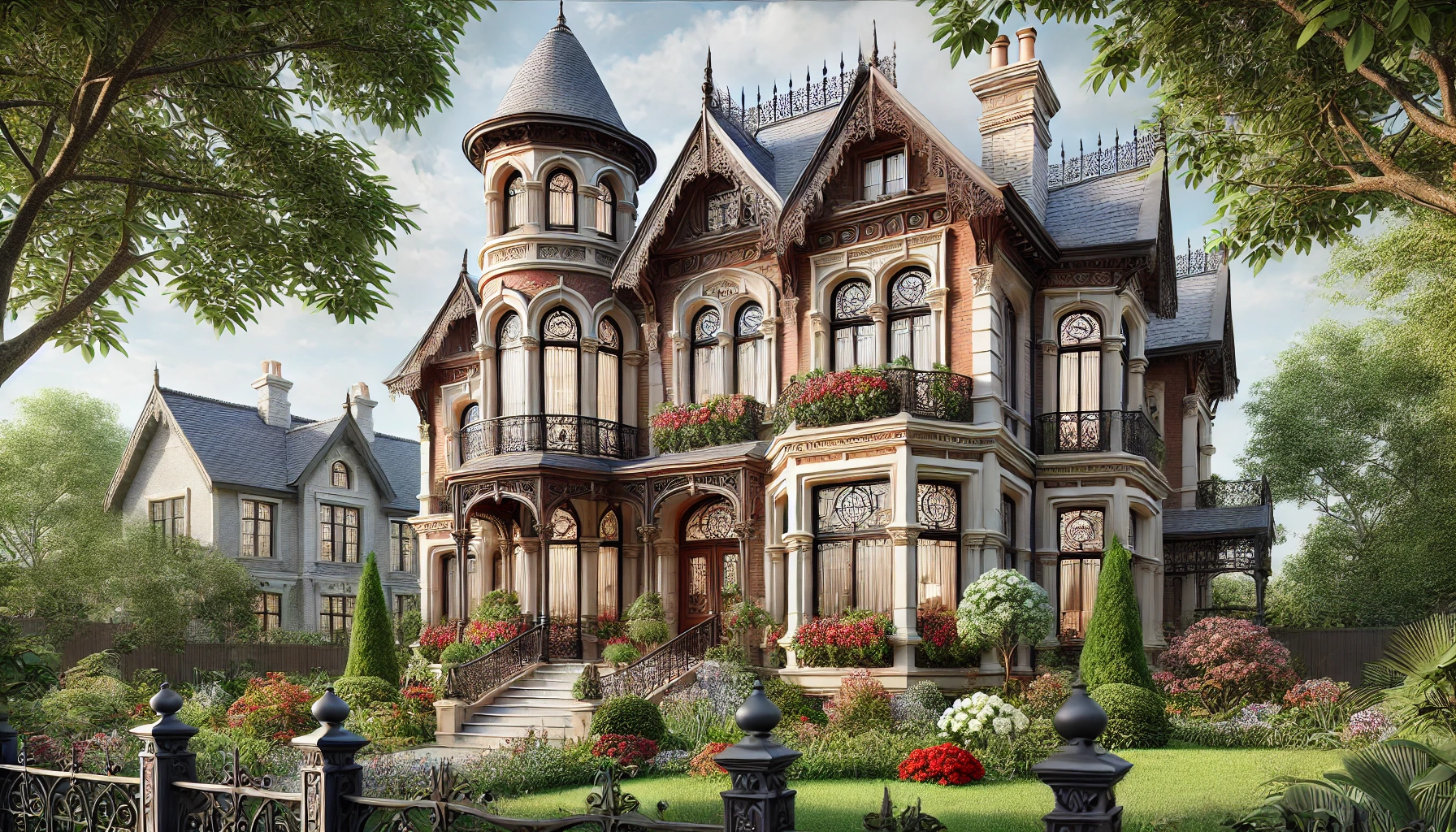
Understanding the Victorian Era’s Influence on Home Design
The Victorian era, named after Queen Victoria’s reign from 1837 to 1901, is a period renowned for its advancements in architecture, art, and design. Victorian home design is characterized by its opulence, attention to detail, and emphasis on aesthetic beauty. Unlike modern minimalist designs, Victorian homes embraced intricate patterns, bold colors, and decorative features. This style is heavily inspired by the Gothic revival and other historical elements, making it a blend of several architectural styles, each bringing its own unique flair to the home. Understanding the foundation of Victorian design allows you to appreciate the meticulous craftsmanship that goes into creating these timeless homes.
Victorian Architecture: Key Features and Characteristics
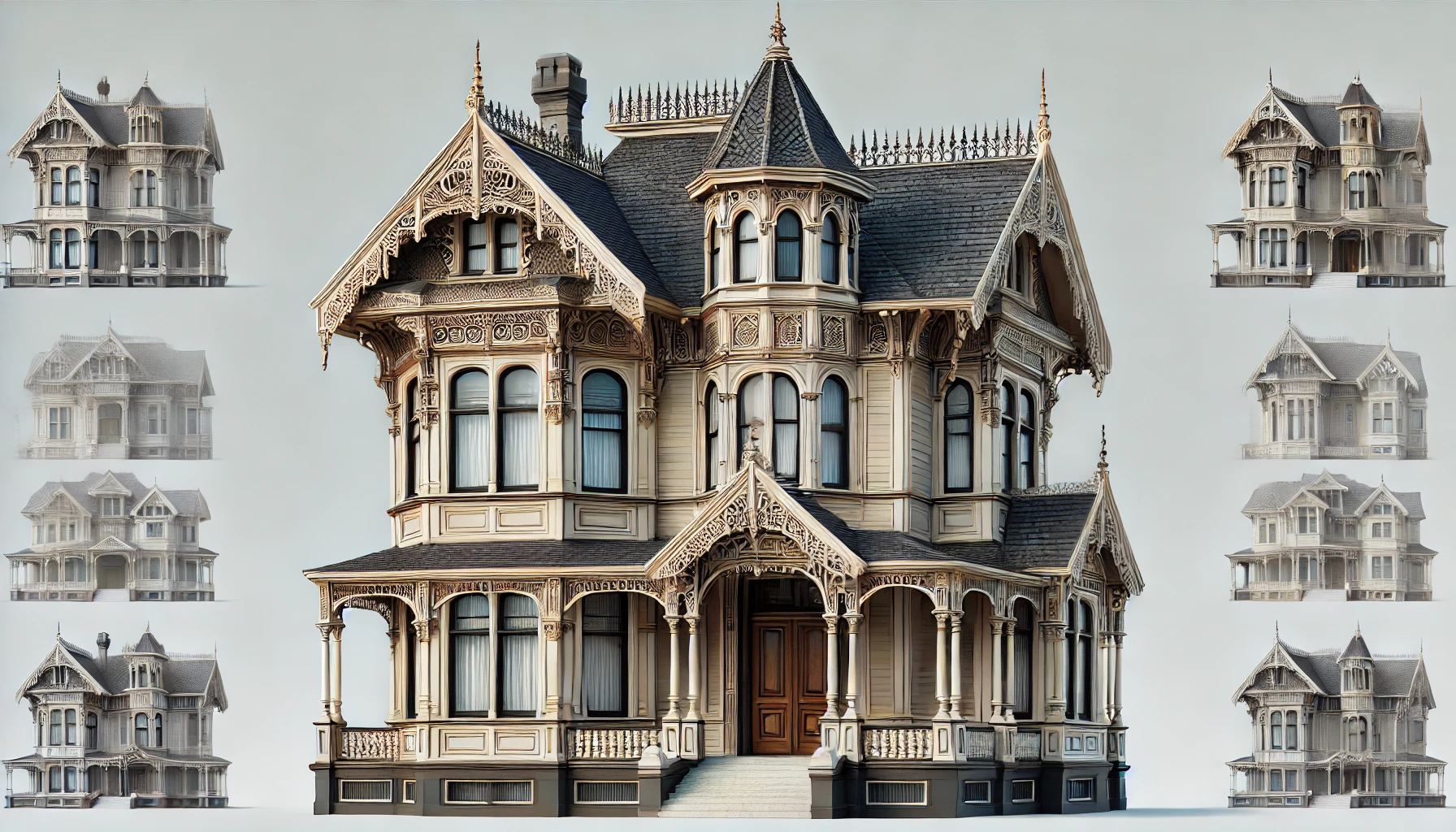
Victorian architecture is easily recognizable by its complex and detailed facades, asymmetrical layouts, and use of towers or turrets. Homes built in this era often feature steep, gabled roofs, tall windows, and elaborate woodwork such as gingerbread trim and ornate brackets. Stained glass windows and cast-iron railings are common features, adding a touch of artistry to the exterior. Internally, Victorian homes are defined by high ceilings, ornate moldings, and decorative fireplaces. The overall layout typically features multiple rooms designed for specific purposes, providing a sense of formality and grandeur. These architectural features, when incorporated into a modern home, evoke a sense of timeless beauty that few other styles can replicate.
Victorian Color Schemes
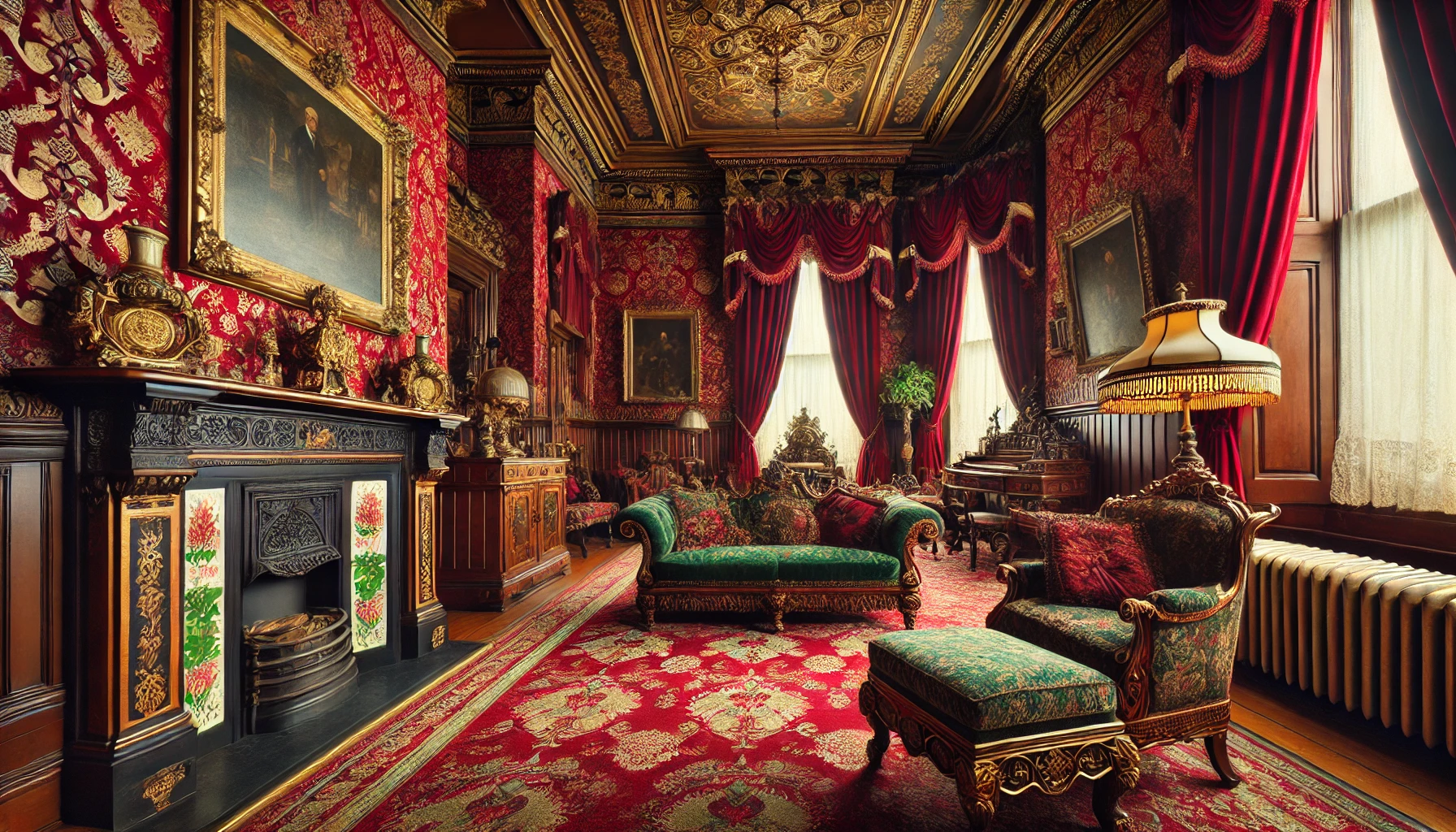
Classic Color Palettes for Victorian Homes
Victorian homes are known for their rich, bold color schemes, often inspired by nature. Deep shades of red, green, gold, and purple dominate the palette, adding warmth and depth to any room. These colors are often paired with muted pastels or neutral tones to create contrast and highlight the ornate details of the design. Earthy tones like browns and terracottas are also frequently used to evoke the richness of the period. When choosing colors for a Victorian home, it’s important to think about how they complement the architectural details of the space and enhance its historical charm.
How to Choose the Right Colors for Your Victorian Home
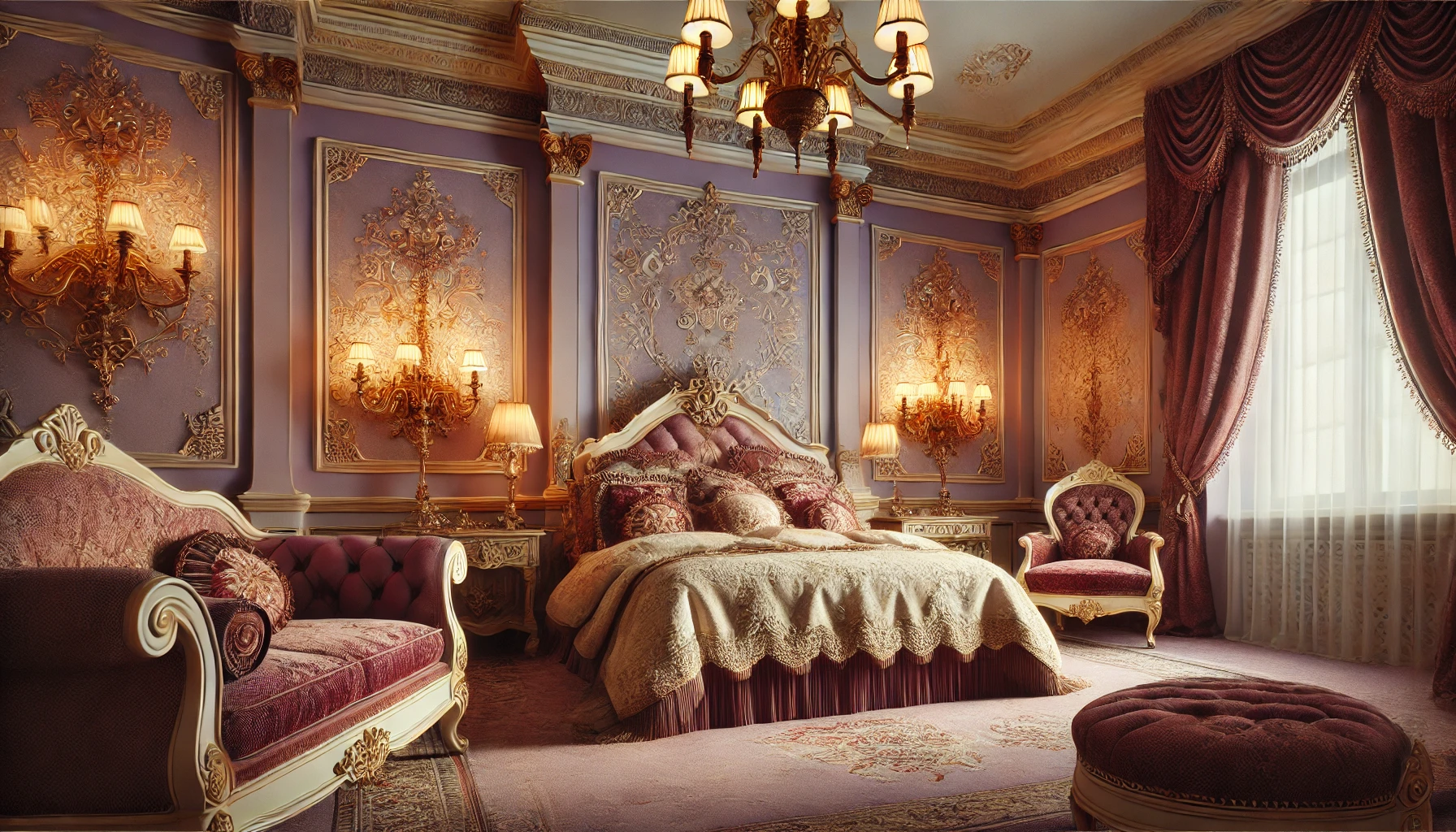
When selecting a color scheme for your Victorian-inspired home, consider both the architectural features of the house and the purpose of each room. For example, darker colors like burgundy and forest green can create a cozy, intimate atmosphere in living rooms or libraries, while lighter shades of lavender and sky blue can make a bedroom feel more airy and serene. Don’t be afraid to experiment with contrasting colors and textures, as this was a hallmark of Victorian design. Wallpapers with intricate patterns, such as florals or damasks, can also be used to enhance the traditional feel of the home while adding visual interest to the walls.
Victorian Living Room Design Ideas
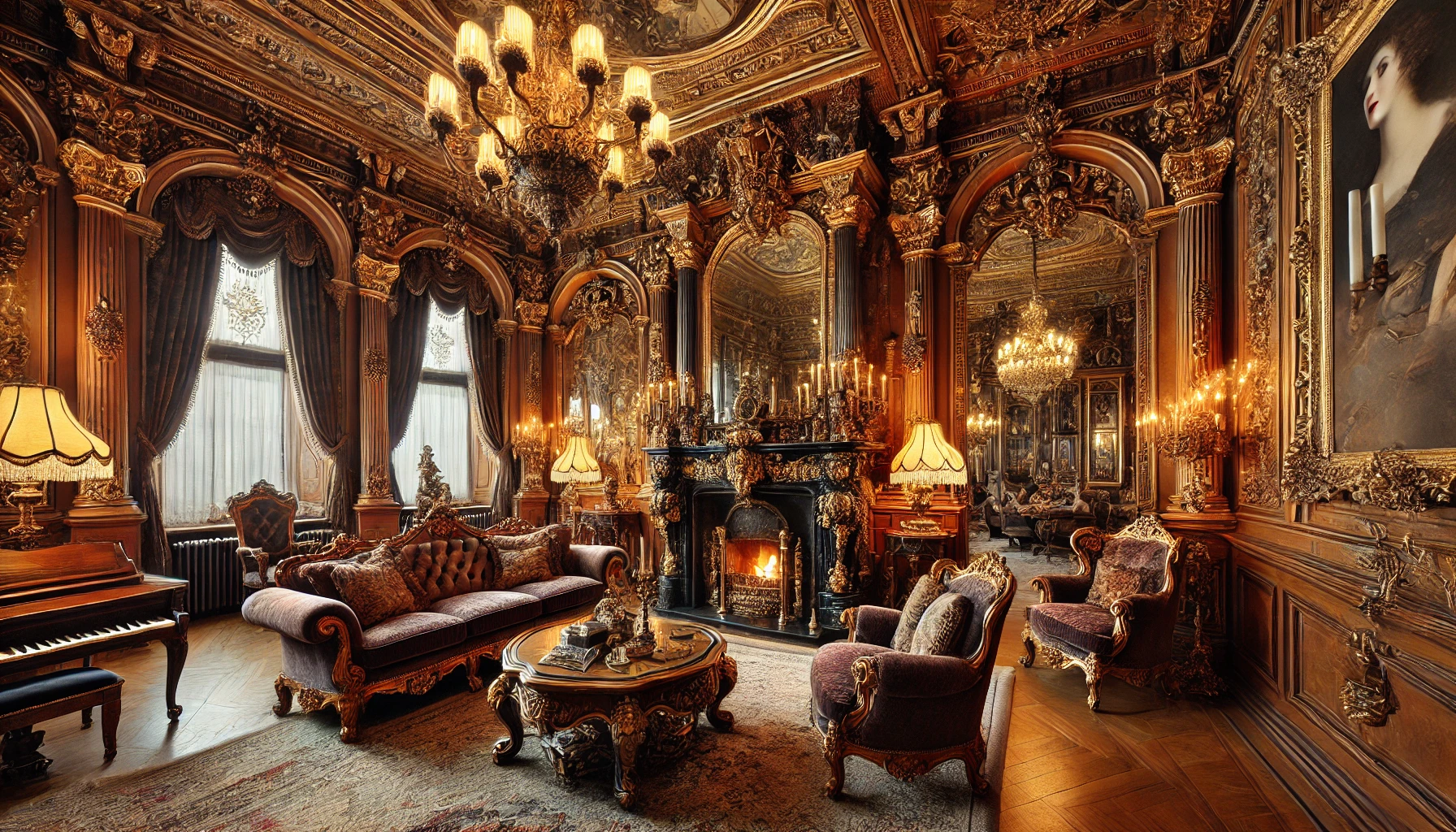
Creating a Grand Victorian Living Room
A Victorian living room is designed to impress, often serving as the heart of the home where guests are entertained. To capture the essence of Victorian design in your living room, focus on creating a space that feels both luxurious and inviting. Start with an elegant color palette of rich tones like deep reds or dark greens, complemented by gilded accents and plush velvet furnishings. A large, intricately carved fireplace can serve as the room’s focal point, while tall windows adorned with heavy drapes complete the look. Intricate ceiling moldings, chandeliers, and vintage-inspired furniture pieces help bring a sense of grandeur to the space.
Adding Victorian Elements to a Modern Living Room
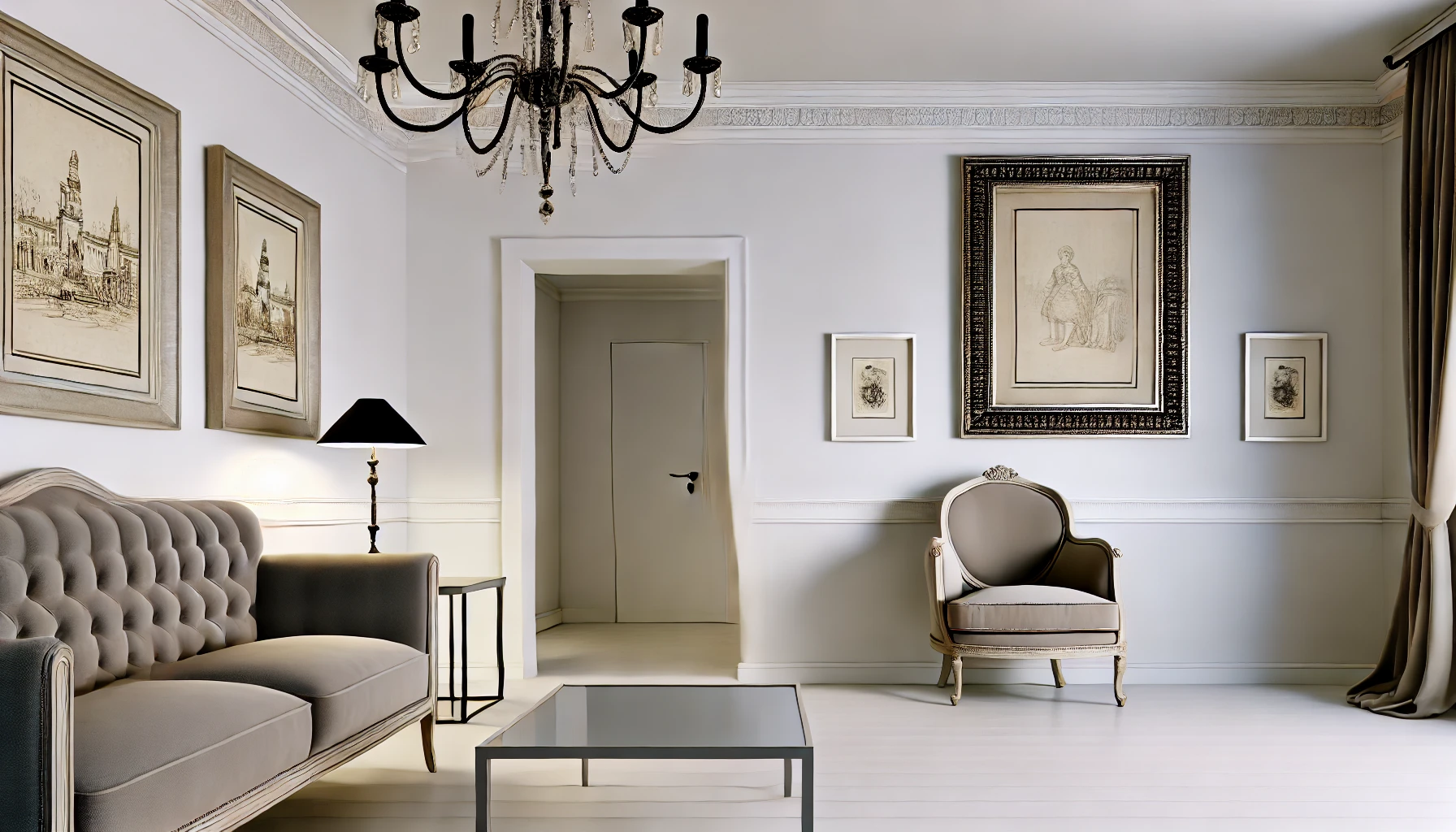
If you’re aiming for a balance between traditional and modern, consider incorporating Victorian elements into your current living room design. A statement piece, such as a Victorian-style armchair or an antique chandelier, can instantly transform the space while maintaining a modern edge. Opt for luxurious fabrics like velvet or brocade for curtains and upholstery, and introduce ornate frames for mirrors and artwork. By blending Victorian aesthetics with modern functionality, you can create a living room that feels both timeless and contemporary.
Victorian Kitchen Design Ideas
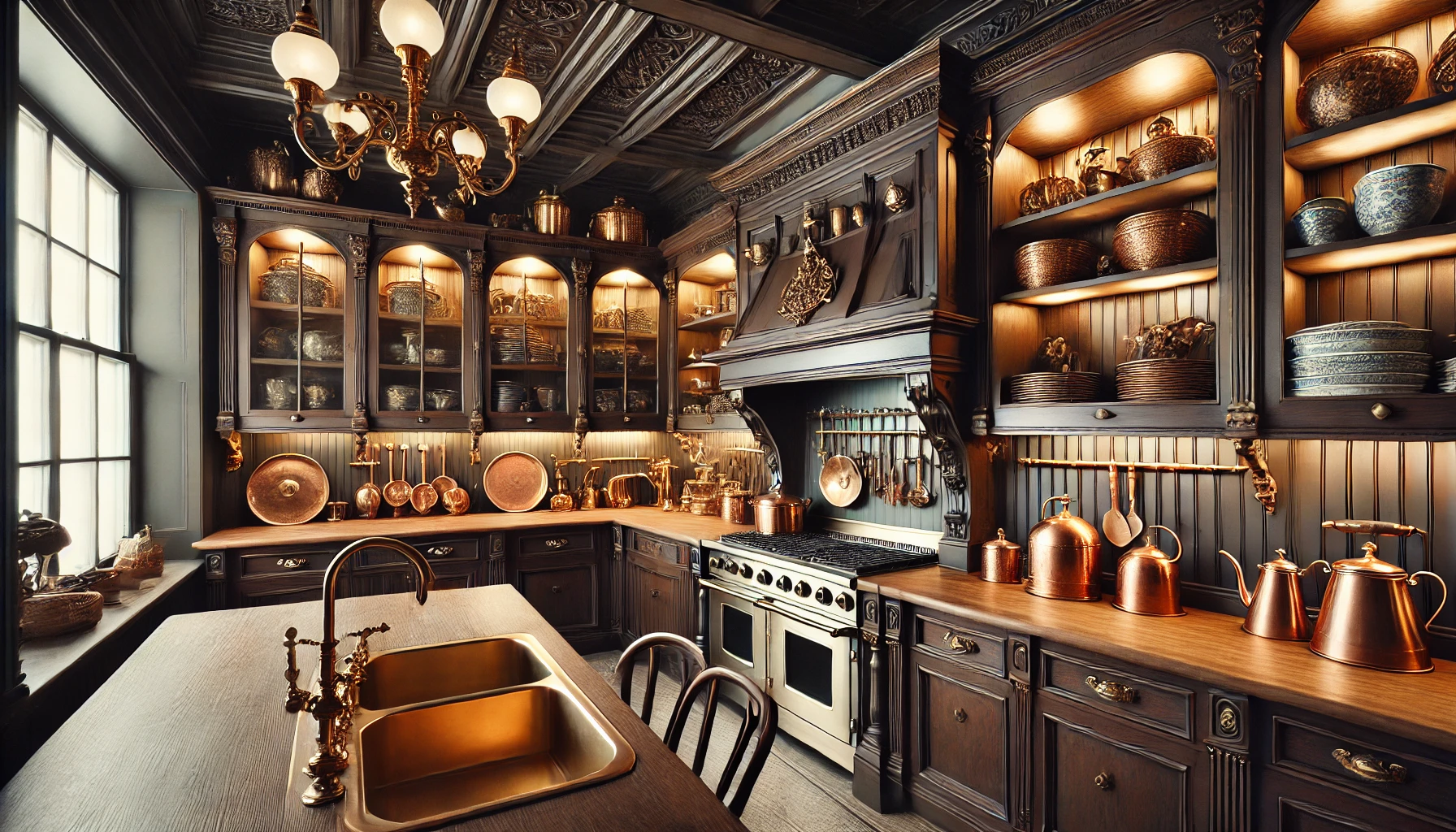
The Victorian Kitchen: A Fusion of Functionality and Style
Victorian kitchens, although traditionally functional spaces, also reflected the era’s love for detail and craftsmanship. In modern interpretations of Victorian kitchen design, you’ll find a focus on high-quality materials, vintage-style cabinetry, and decorative features such as detailed woodwork or brass fixtures. A large, freestanding stove or oven can serve as a centerpiece, while open shelving showcases vintage dishes and copper cookware. To achieve the full Victorian effect, choose cabinetry with intricate detailing, and consider adding a butcher block countertop or a large farmhouse sink to enhance the space’s old-world charm.
Incorporating Victorian Design in a Modern Kitchen
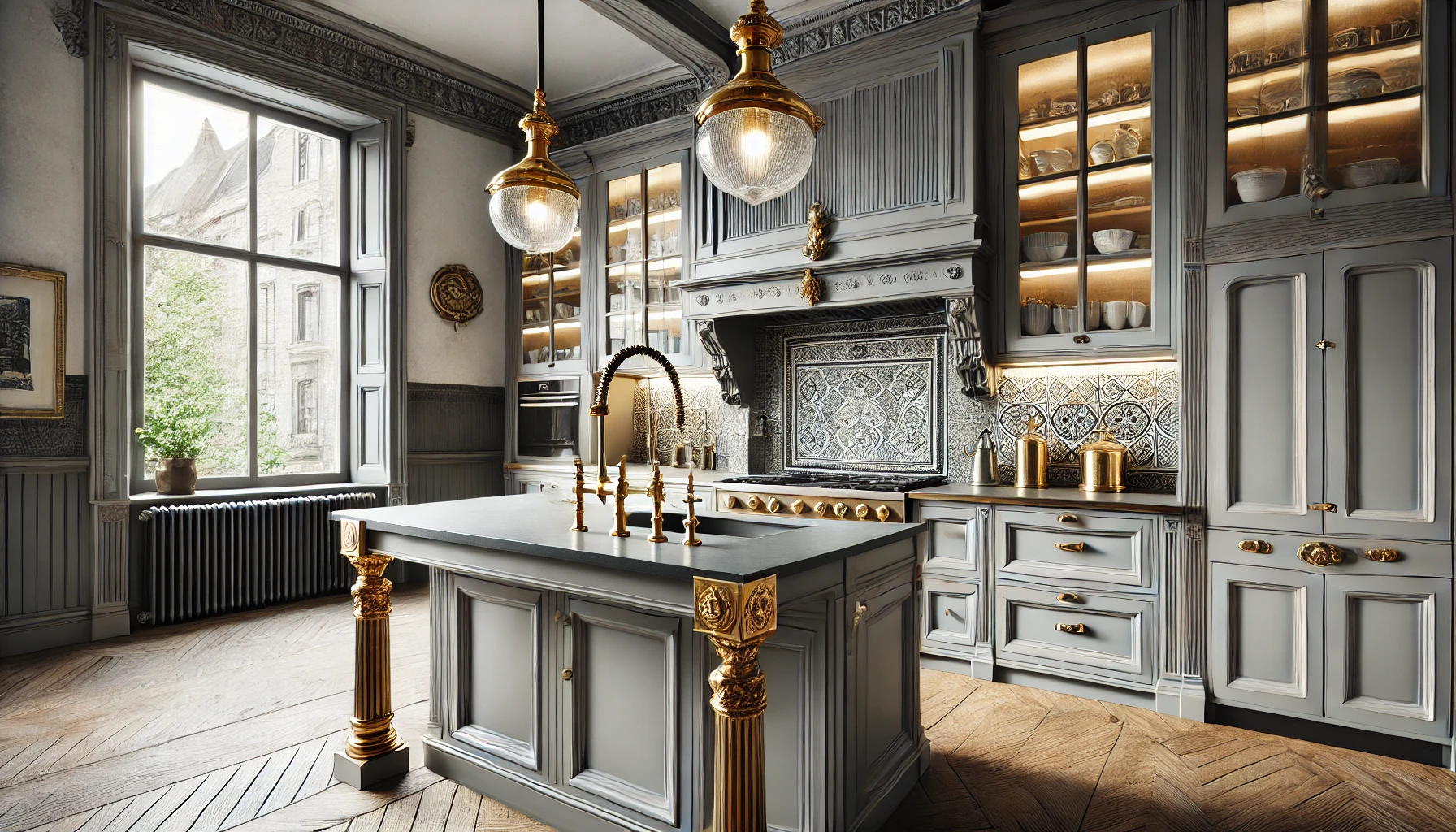
While today’s kitchens emphasize sleekness and modernity, Victorian design can be easily integrated without sacrificing functionality. Start by selecting period-inspired lighting fixtures, such as pendant lights with a brass finish or a crystal chandelier. Vintage tiles, whether used for the backsplash or flooring, can add an authentic Victorian touch. You can also add visual interest with antique-inspired faucets, drawer pulls, and knobs. By incorporating these elements into a modern layout, your kitchen can achieve a beautiful fusion of Victorian elegance and contemporary convenience.
Victorian Bedroom Design Ideas
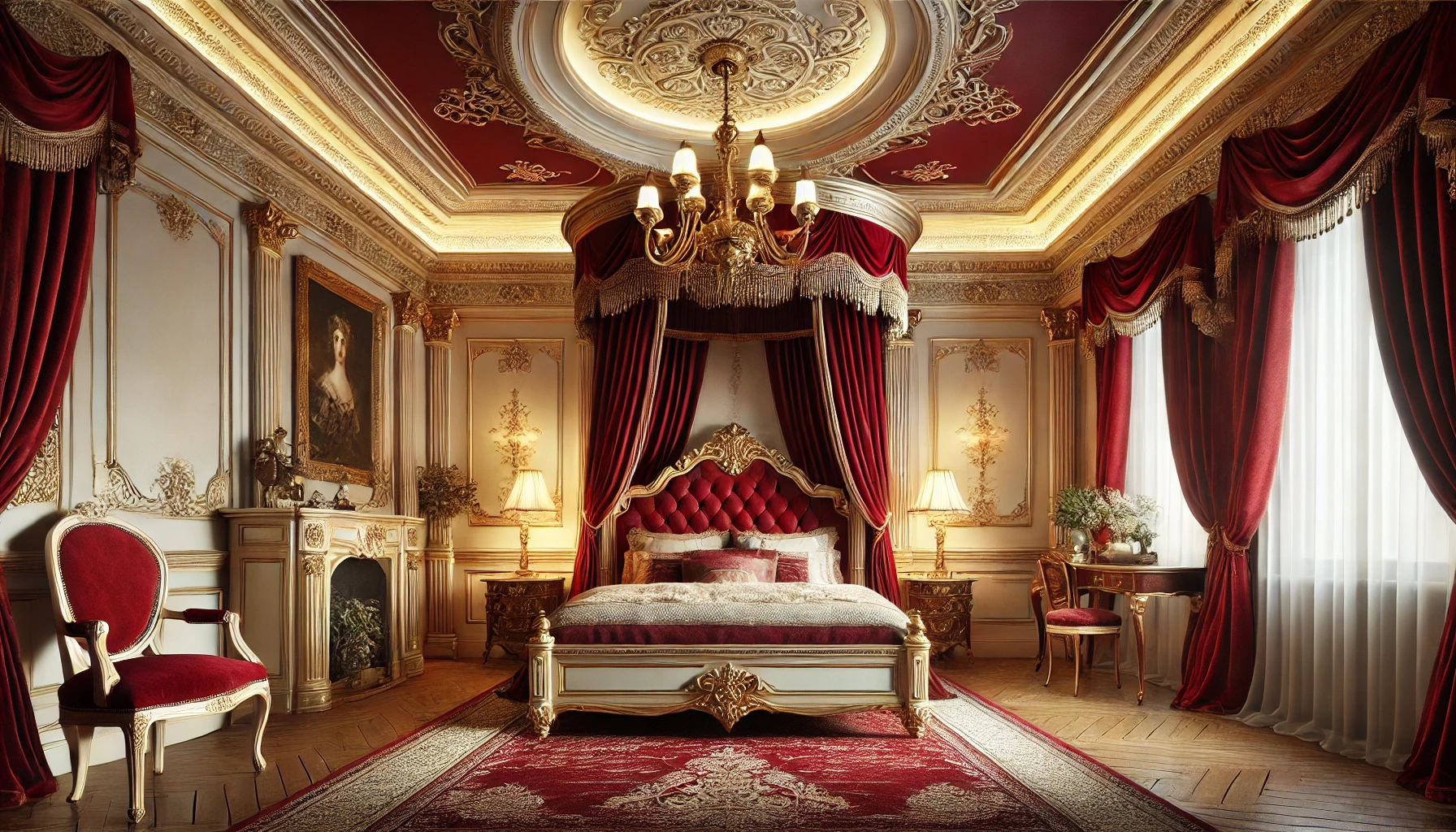
Transforming Your Bedroom into a Victorian Retreat
A Victorian bedroom is the epitome of luxury, designed to create a peaceful and indulgent retreat. Opt for a high, four-poster bed with intricately carved woodwork, draped with sumptuous linens in rich hues. Heavy curtains with tassels and embroidered patterns can provide a sense of privacy while adding to the room’s opulent feel. Ornate dressing tables, antique mirrors, and period-inspired lighting complete the look. To add a personal touch, consider incorporating vintage accessories, such as decorative pillows, framed artwork, and lace doilies.
Mixing Victorian and Modern Elements in the Bedroom
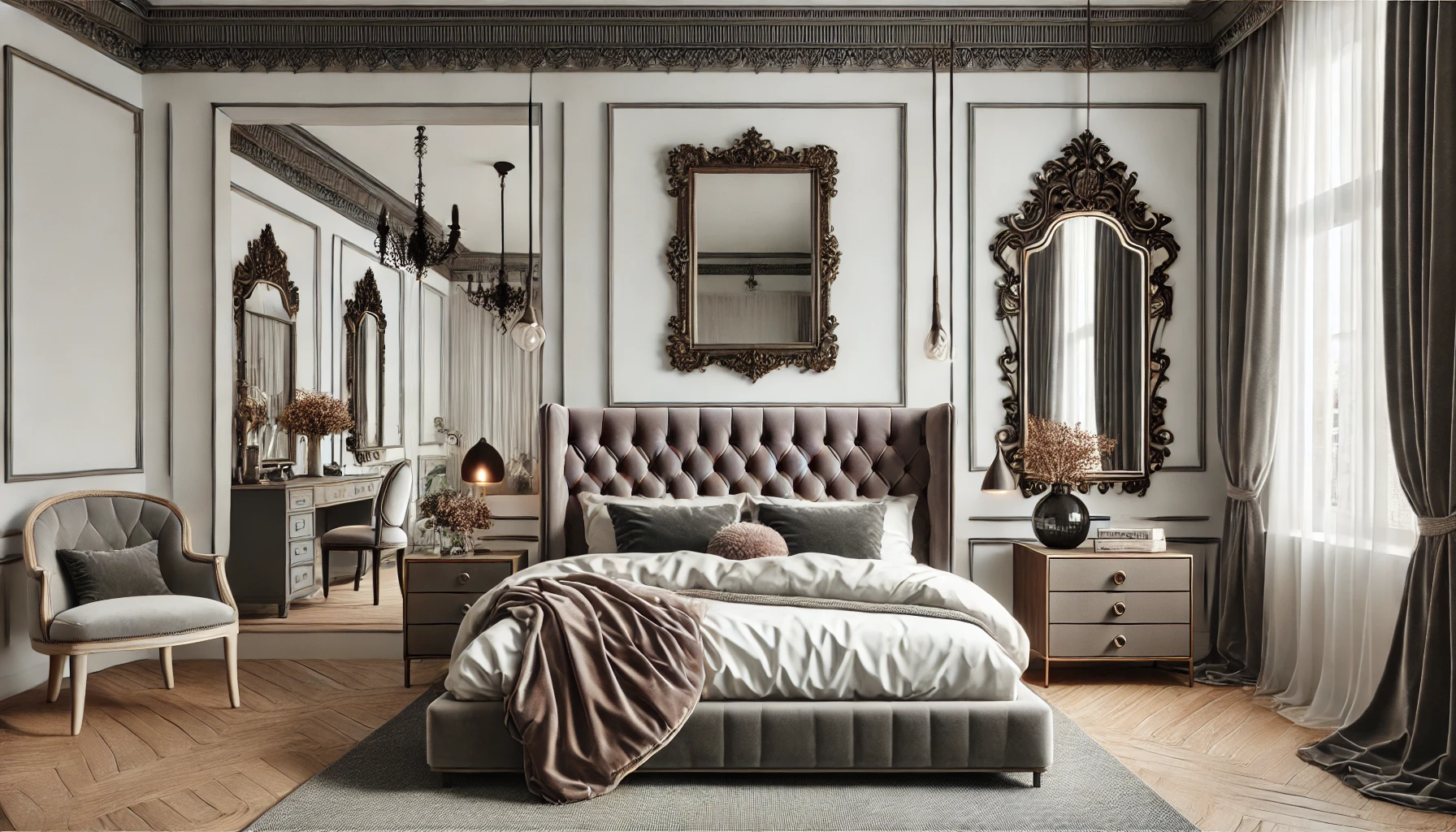
For those who love the elegance of Victorian design but want a more updated look, mixing modern and vintage elements can be the perfect solution. Start with Victorian-style furniture, such as an ornate bed frame or a tufted chaise lounge, and balance the traditional pieces with sleek, modern bedding or minimalist accessories. Neutral tones, such as ivory or pale gray, can soften the rich Victorian color palette and create a more contemporary vibe. By merging the two styles, you can create a bedroom that feels both comfortable and timeless.
The Advantages of Victorian Home Design
Timeless Beauty and Enduring Appeal
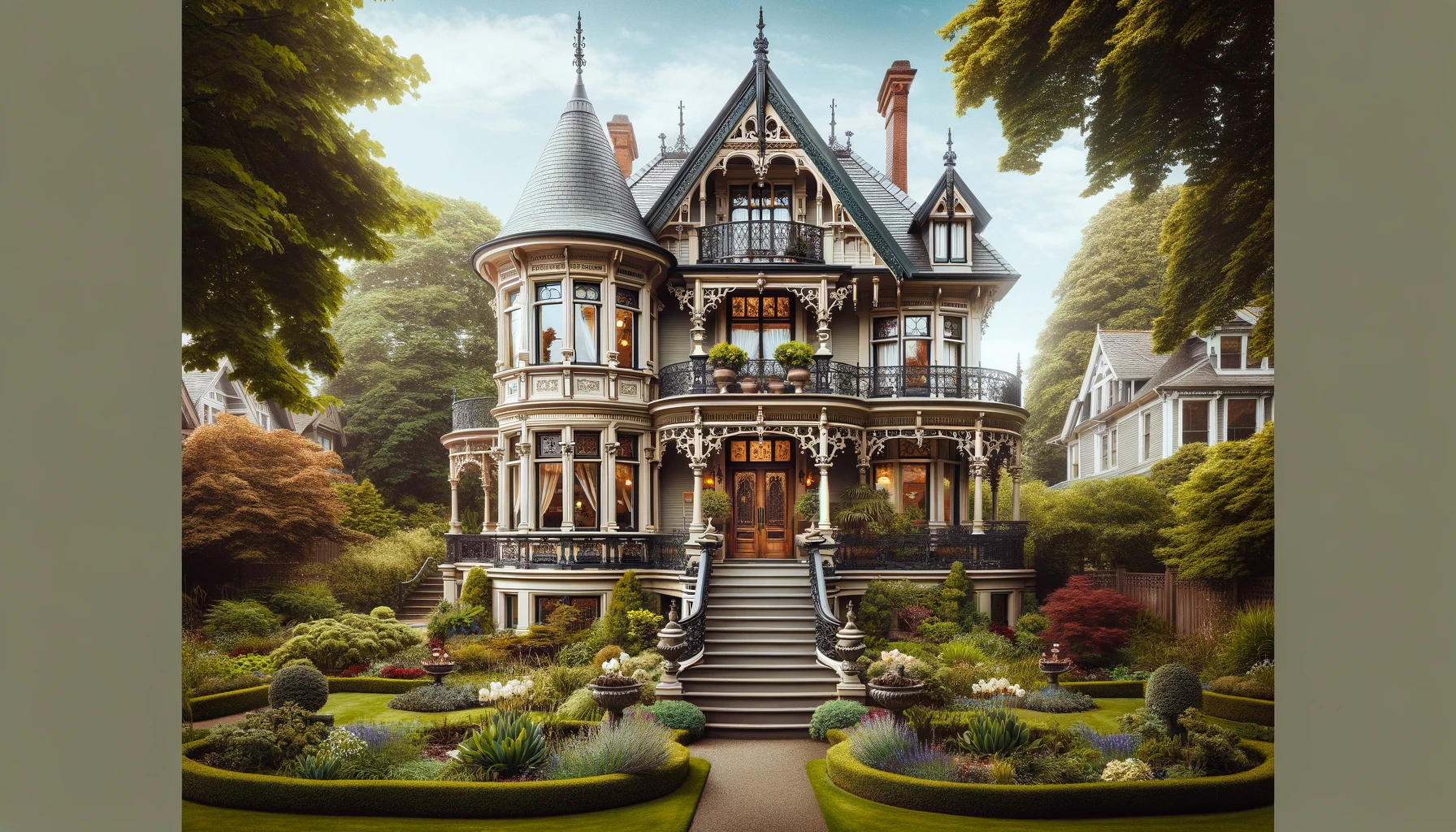
One of the key advantages of Victorian home design is its timeless beauty. Unlike fleeting design trends, Victorian architecture and interior design have remained popular for over a century. Homes built in this style have an undeniable charm and elegance that never goes out of fashion. The detailed craftsmanship, intricate moldings, and grand features of Victorian homes make them stand out from other styles. Even in today’s market, Victorian homes are highly sought after for their aesthetic appeal and historical significance, offering homeowners a piece of architectural history while ensuring the design remains relevant for generations to come.
Versatility Across Modern Homes
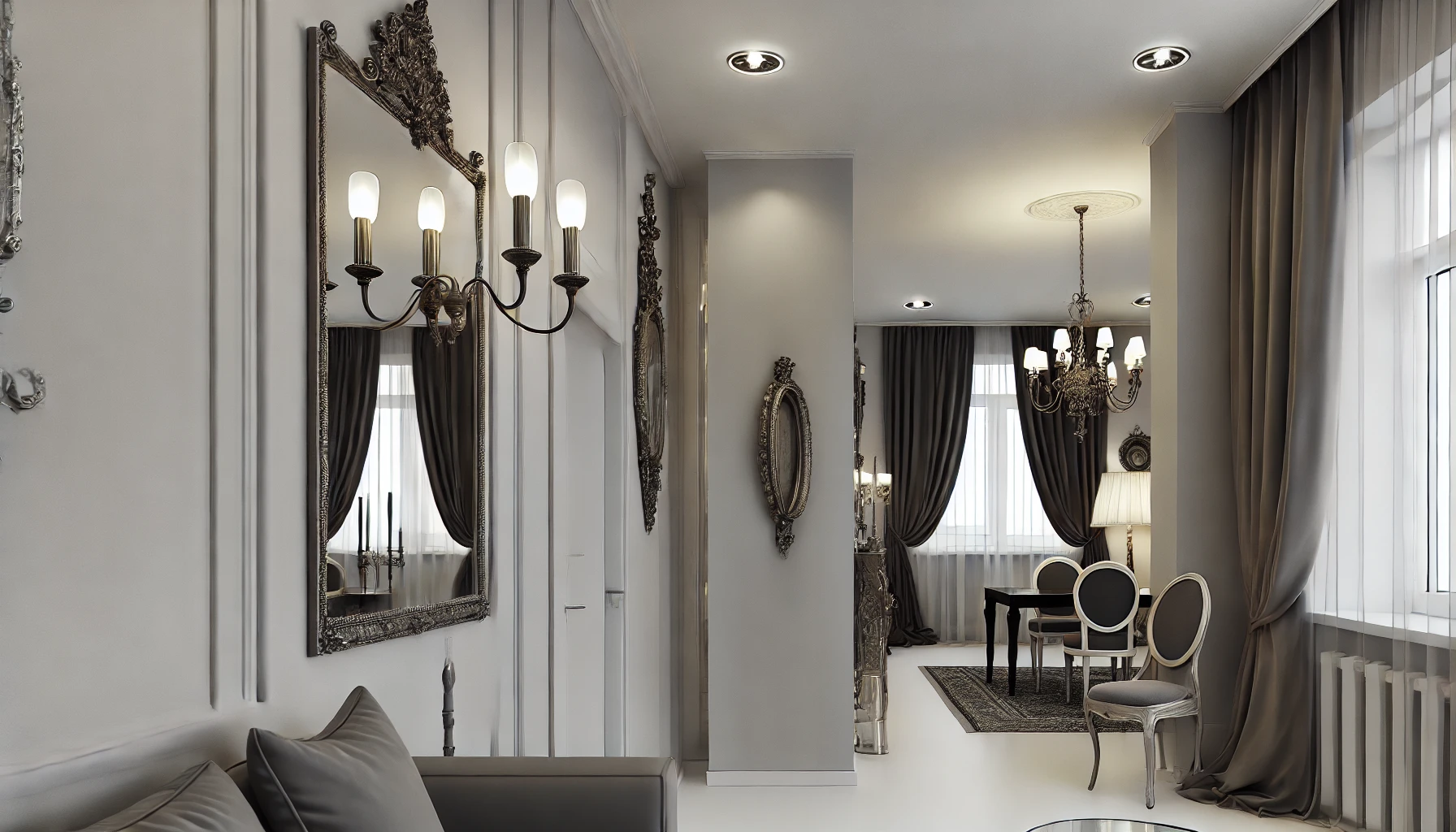
Victorian design is incredibly versatile and can be adapted to suit both modern and traditional homes. Whether you own a historical Victorian property or a contemporary house, incorporating Victorian elements such as intricate woodwork, vintage furnishings, or decorative moldings can add a sense of grandeur and sophistication. Even in a modern home, Victorian design elements can help create a warm and inviting atmosphere while maintaining a timeless appeal. This versatility makes Victorian home design a great option for homeowners who want to blend historical charm with modern living.
Embrace the Elegance of Victorian Home Design
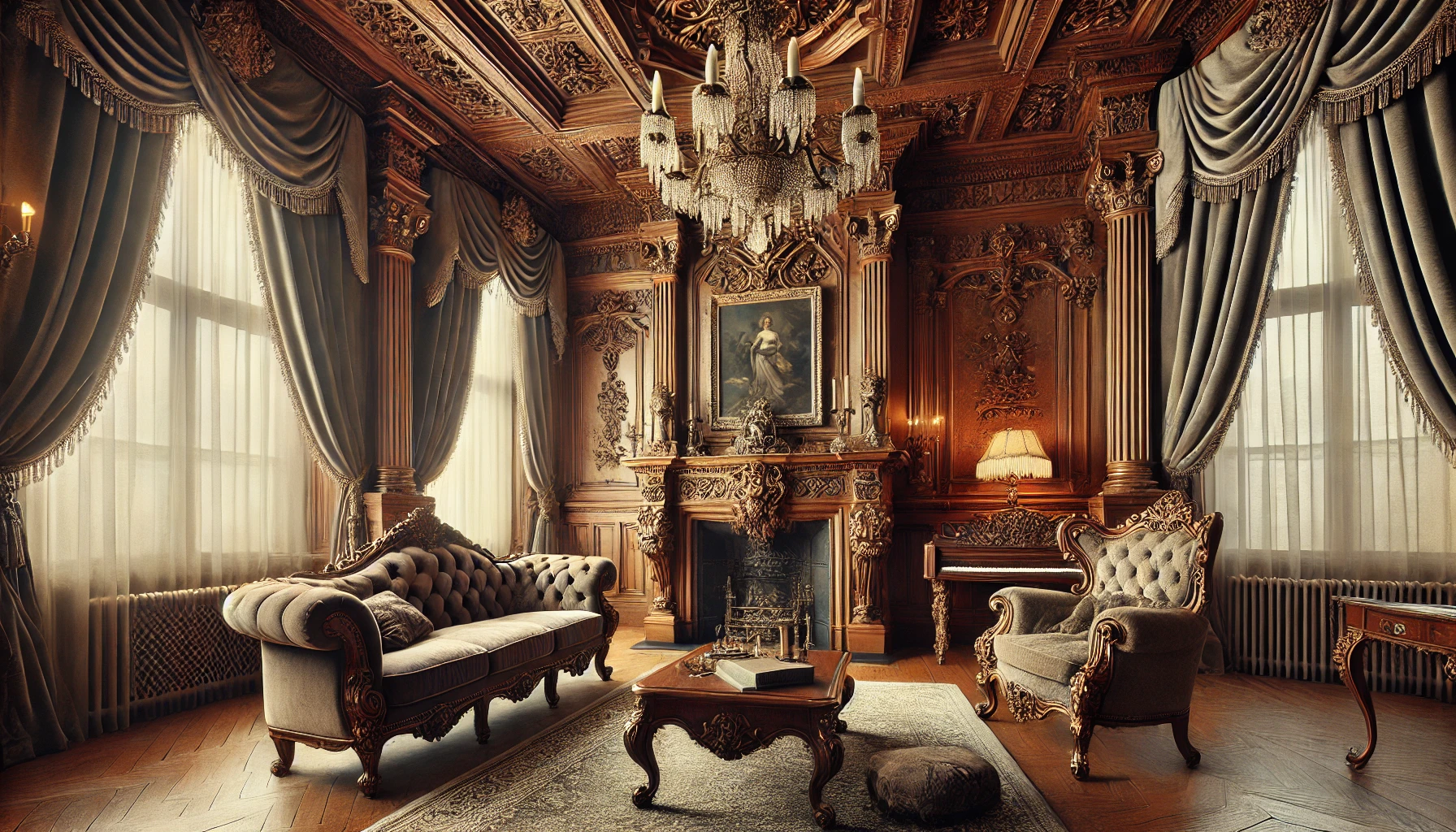
Victorian home design offers a unique opportunity to create a space that is both timeless and elegant. By incorporating key Victorian elements into your home, such as ornate architectural features, bold color schemes, and luxurious furnishings, you can transform your space into a reflection of the grandeur and charm of the Victorian era. Whether you’re drawn to the opulence of the design or the intricate details that make it so special, Victorian home design provides a lasting appeal that transcends modern trends. If you’re ready to elevate your living space and embrace the elegance of this timeless style, there’s no better time to start. From the kitchen to the bedroom, Victorian design can breathe new life into any room, making your home a true masterpiece of design.
Transform Your Home to The Sophisticated Victorian Style
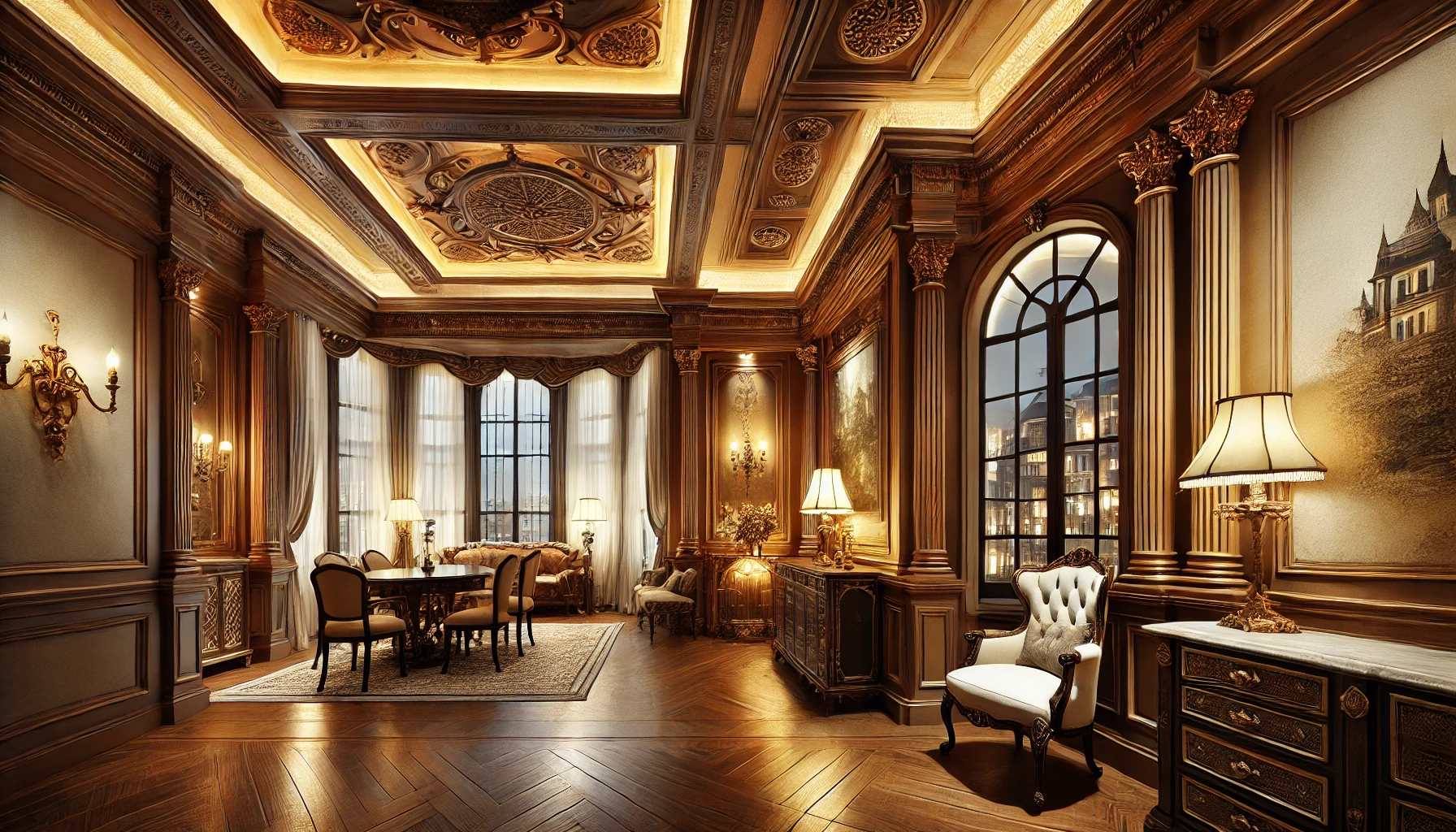
Now that you’ve explored the timeless beauty of Victorian home design, it’s time to take action and transform your space into a luxurious haven of elegance and charm. Whether you’re planning a full renovation or just looking to add a few Victorian-inspired touches to your home, these design principles offer endless possibilities. Don’t be afraid to mix modern elements with traditional Victorian aesthetics to create a space that feels uniquely yours. From rich color schemes to ornate furnishings, every detail counts when it comes to creating a Victorian-inspired home. Start today, and enjoy the process of turning your house into a sophisticated retreat that reflects the timeless beauty of this iconic design era. Let Victorian home design inspire you to create a space that you and your family will cherish for years to come.
F.A.Q: Victorian Home Design
What defines Victorian home design?
Victorian home design is characterized by ornate details, intricate woodwork, steep gabled roofs, decorative trims, and vibrant color schemes. This design style emerged during Queen Victoria’s reign and blends historical elements with grandeur.
What are common interior features of Victorian homes?
Common interior features of Victorian homes include high ceilings, ornate moldings, large fireplaces, stained glass windows, intricate wallpapers, and luxurious materials like velvet and silk used for upholstery and drapery.
How do I decorate a Victorian home?
To decorate a Victorian home, focus on rich, deep colors, ornate furnishings, heavy drapes, and vintage or antique decorative pieces. Adding detailed wall coverings, chandeliers, and gilded mirrors will enhance the Victorian look.
Can Victorian design be blended with modern styles?
Yes, Victorian design can be blended with modern styles by incorporating Victorian architectural elements like crown molding and vintage furniture into a contemporary home. The key is to balance ornate details with modern simplicity for a cohesive look.
What type of flooring is best for a Victorian-style home?
Wood flooring, particularly dark hardwood, is ideal for Victorian-style homes. Patterns like parquet or intricate inlays are also common, adding a touch of elegance to the floors. Carpets with rich patterns can also complement the design.
What exterior features are common in Victorian homes?
Victorian homes often feature steep, gabled roofs, large bay windows, intricate woodwork, and decorative trims, also known as gingerbread trim. Towers, turrets, and wraparound porches are also common in this style.
How can I make a small space look Victorian?
To make a small space look Victorian, focus on adding intricate details through furniture and décor. Choose rich wallpapers, ornate mirrors, vintage light fixtures, and velvet upholstery to create a luxurious feel despite the limited space.
What are some popular Victorian color schemes?
Popular Victorian color schemes include deep reds, burgundies, forest greens, golds, and purples, often paired with neutral tones for balance. These colors are inspired by nature and help create a warm, cozy atmosphere.
What lighting fixtures work well in Victorian homes?
Lighting fixtures such as chandeliers, sconces, and pendant lights with brass, crystal, or wrought iron designs work well in Victorian homes. These fixtures add both elegance and historical charm to the space.
How do I restore a Victorian home?
Restoring a Victorian home involves preserving or reinstating original features such as woodwork, fireplaces, and stained glass. It may also include refurbishing floors, repainting in period-appropriate colors, and repairing or replacing windows and trims.
What is the best furniture for a Victorian home?
The best furniture for a Victorian home includes pieces with ornate carvings, plush upholstery, and dark wood finishes. Look for vintage or antique items, or reproductions, that reflect the luxurious and detailed nature of the period.
How can I add Victorian charm to my home’s exterior?
To add Victorian charm to your home’s exterior, focus on decorative wood trims, elaborate railings, and detailed paint schemes. Adding a wraparound porch, stained glass windows, or a turret can also enhance the Victorian appeal.
What types of window treatments are suitable for a Victorian home?
For a Victorian home, heavy drapery made from luxurious fabrics like velvet, brocade, or silk is suitable. Curtains should have detailed patterns and be paired with ornate curtain rods and tiebacks to create a traditional Victorian look.
What materials were commonly used in Victorian homes?
Common materials used in Victorian homes include wood, cast iron, brick, and stone. Inside, materials like velvet, brocade, and silk were popular for fabrics, while rich woods like mahogany or oak were used for furniture and paneling.
How do I achieve a Victorian-style bathroom?
To achieve a Victorian-style bathroom, incorporate a clawfoot tub, pedestal sink, and brass or gold fixtures. Add decorative tiles, vintage-inspired lighting, and ornate mirrors to complete the look. Wallpapers with floral or damask patterns are also ideal.
 Home Designing Get expert home decor tips and design inspiration at HomeDesigning.blog. Transform your living spaces with trending styles and DIY ideas!
Home Designing Get expert home decor tips and design inspiration at HomeDesigning.blog. Transform your living spaces with trending styles and DIY ideas!
